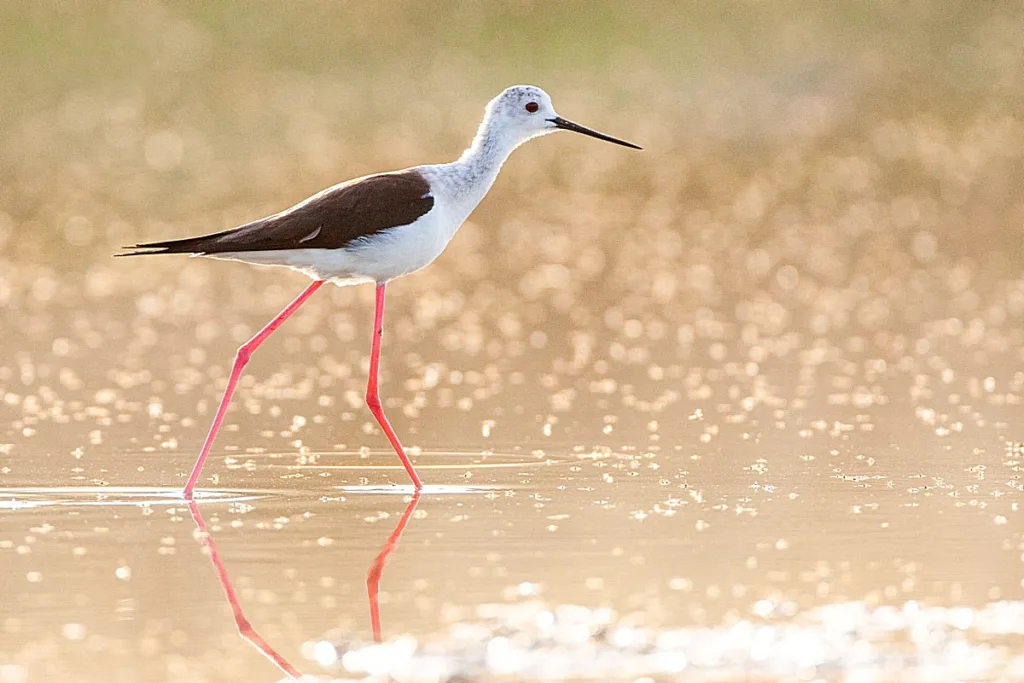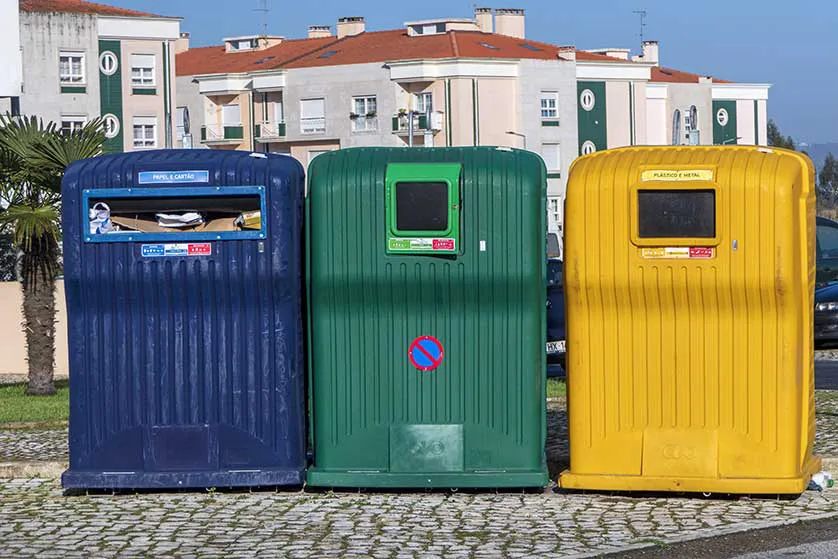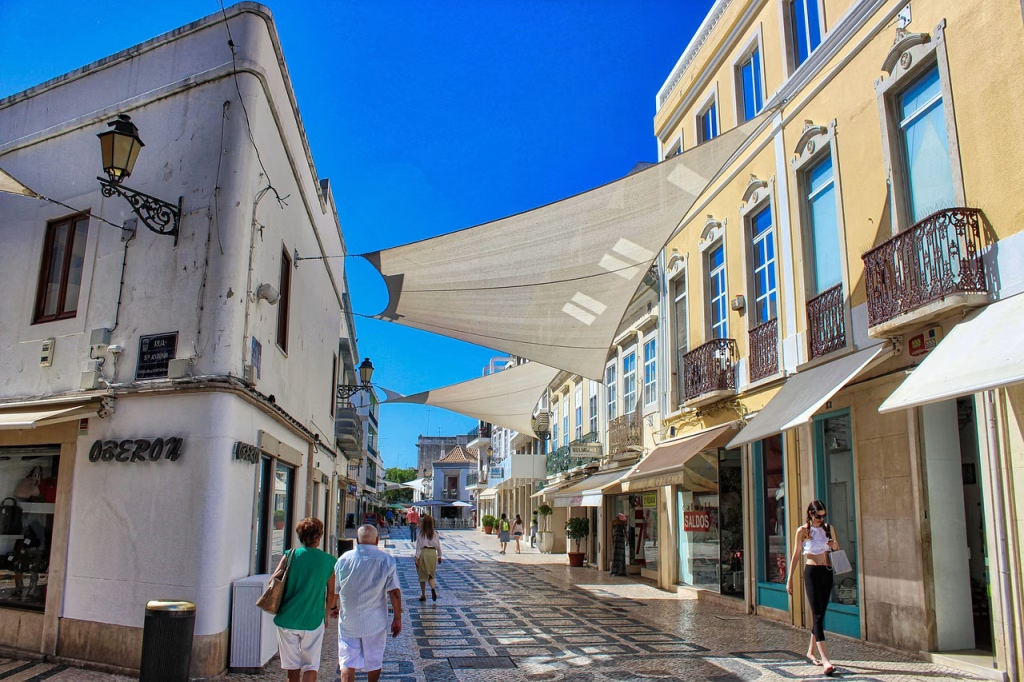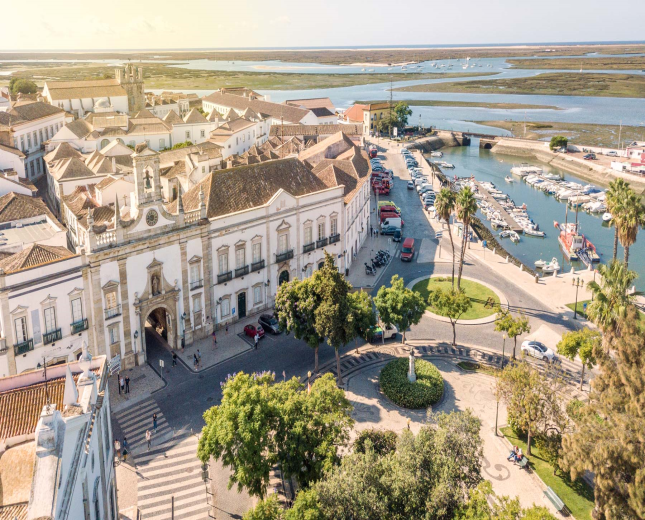Tavira isn’t just charming—it’s blossoming into a beacon of sustainable tourism . Here’s a thoroughly verified guide to staying greener and experiencing Tavira with respect for its environment and community.
🏨 Eco‑Friendly Places to Stay
1. Taste Tavira AL (Close to Tavira historic centre)
Located at 5-10 minutes from the heart of Tavira, Taste Tavira AL offers more than comfort and charm—it’s consciously designed with sustainability in mind. The apartment holds an Energy Label A+ , is water heating is powered by solar panels , and makes use of eco-friendly cleaning products and low-impact materials . It’s a perfect choice for travellers looking to lower their footprint without sacrificing style. Guests are encouraged to shop at local markets, walk or cycle to nearby attractions, and enjoy a slower, more sustainable rhythm of life.
2. Vila Galé Albacora Eco‑Hotel
Located within the Ria Formosa Natural Park , this former tuna-fishing camp was thoughtfully restored to preserve the old fishermen’s houses, chapel, school, and even a small museum dedicated to the tuna industry. It holds Green Key , Travelife , and other sustainability certifications, and actively promotes nature tourism—birdwatching, solar boat tours, and coastal walks.
3. Calçada Guesthouse
This intimate B&B combines comfort with real sustainability: photovoltaic panels , solar hot water, LED lighting, refillable water bottles, and low-flow taps. Guests are encouraged to visit local markets and explore nature with low-impact activities like cycling and SUP.
4. Hotel Rural Quinta do Marco
Just outside Tavira, this eco-resort practices composting, solar water heating, electric vehicle use, and drought-resistant landscaping. They minimize food waste, support reforestation efforts, and offer panoramic views over the hills and sea—sustainability with a side of serenity.
☕ Zero‑Waste & Sustainable Eats
Cafetaria Cascata at the Municipal Market
This friendly café inside the Mercado Municipal de Tavira serves seasonal snacks, juices, pastries, and sandwiches made with locally sourced ingredients, embracing low waste and vibrant freshness
Too Good To Go partnerships
Local vendors including Vila Galé and À da Marta participate in Too Good To Go , offering surplus food at discounted prices and helping reduce food waste in the Tavira area
🥗 Eating Sustainably: The Mediterranean Way
In Tavira, eating well and eating sustainably go hand in hand—and it all starts with the Dieta Mediterrânica . More than just a “healthy choice,” this time-honoured way of eating is a model of balance, tradition, and care for the planet.
Rooted in seasonal, local and mostly plant-based ingredients , the Mediterranean diet celebrates what’s grown close to home: olive oil, legumes, fresh vegetables, citrus fruits, herbs, whole grains, and a bit of fish or cheese now and then. Meals are simple but deeply flavourful, often prepared with love and nothing goes to waste —leftovers become tomorrow’s lunch, and bread is never thrown away if it can become soup or toast.
But what makes it truly remarkable is its low environmental impact . Studies show that following a Mediterranean-style diet can significantly reduce CO₂ emissions, water usage and energy consumption , while also promoting biodiversity and small-scale farming practices (fao.org). It’s no surprise that UNESCO listed it as part of the Intangible Cultural Heritage of Humanity —it’s a way of life that honours both people and the land.
Here in the Eastern Algarve, you’ll find the diet alive and well in daily life: from fig and almond desserts to vegetable-rich soups , grilled fish caught that same morning, and a glass of local wine at sunset. At Taste Tavira, we embrace this rhythm—slow meals, shared at the table, filled with flavour and meaning.
Eating this way isn’t just good for your health—it’s a quiet, joyful act of sustainability.
🚶 Nature‑Friendly Tours & Walks
Ria Formosa Discovery & Eco Tours
Through initiatives like the planned Ria Formosa Discovery Park , visitors can access guided birdwatching tours , interpretive pathways, cycle and walking routes, and ecological education programs that support conservation · estimated site hub in Tavira Wellness Villageo concept,
Self‑guided bird walks around the salt pans near Tavira Island, accessible by foot or ferry, offer low-impact wildlife watching and photography in a Ramsar‑designated wetland .
Interpretive nature trails are available within the Ria Formosa system, ideal for spotting flamingos, spoonbills, storks and other migratory birds especially during fall and spring migrations,
🗺 Sample 3‑Day Sustainable Stay in Tavira
| Day | Morning | Afternoon | Evening |
|---|---|---|---|
| Day 1 | Guided nature walk or self-guided trail around salt pans | Visit Café Cascata in Mercado + organic picnic by Ria Formosa | Evening stroll in Tavira old town, sunset at Roman Bridge |
| Day 2 | Eco‑hotel tour & Ria Formosa boat excursion | Cycle to Praia Barril with a refillable water bottle | Dinner made from local organic produce at Quinta do Marco |
| Day 3 | Visit Centro Ciência Viva for water & energy education | Craft shopping at local market stalls (À da Marta or others) | Sunset yoga or SUP session on the lagoon (low‑impact operator) |








